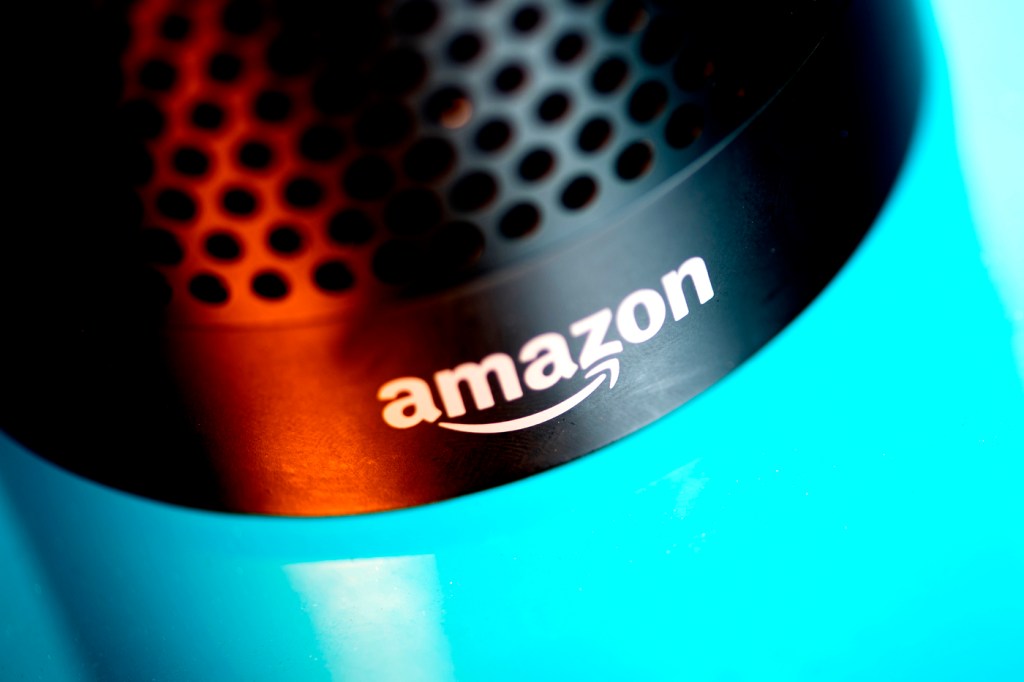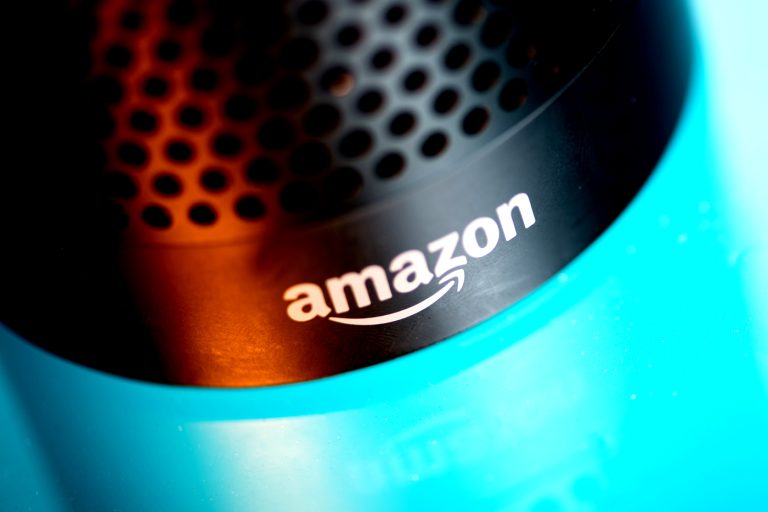![]()
Share this story Copy link Link copied! Email Facebook LinkedIn
WhatsApp Reddit
 Northeastern University computer science professor Aditya Mishra received the Test of Time Award for his work on smart homes. Photo by Matthew Moduno/Northeastern University
Northeastern University computer science professor Aditya Mishra received the Test of Time Award for his work on smart homes. Photo by Matthew Moduno/Northeastern University
Smart home technology can be used for so much more than just asking Amazon Alexa to turn off the lights or play your favorite album – it can also help cut your energy bills and be better for the environment.
In 2012, then-PhD student Aditya Mishra (now an associate professor in the Khoury School of Computer Science at Northeastern University) developed and published research proving that SmartCharge is a battery-based system that uses AI algorithms to enable consumers to do just that.
More than a decade later, Mishra's SmartCharge research continues to be influential, and he received a Test of Time Award from the Association for Computing Machinery (ACM) for his work.
 Aditya Mishra, an associate professor in Northeastern University's Corey School of Computer Science, researches green computing, smart grids, and sustainability. Photo courtesy
Aditya Mishra, an associate professor in Northeastern University's Corey School of Computer Science, researches green computing, smart grids, and sustainability. Photo courtesy
He received the honor this summer at the ACM International Conference on Future and Sustainable Energy Systems (ACM e-Energy 2024) in Singapore.
“I see this as tangible feedback from the research community,” he says. “It's a great feeling to know that our work is being noticed and is being useful, and it motivates me to continue working on even more exciting projects in my position at Northeastern.”
To understand how the SmartCharge system works, Mishra explains, it's important to understand the context surrounding its development.
In the early 2010s, Mishra and his colleagues began researching ways to help utilities reduce the amount of energy homeowners use during “peak hours” — times when large amounts of electricity are used across the power grid (think around 5 p.m., when residents are using stoves, microwaves, and other appliances to cook dinner).
Peak times put huge strain on the grid, forcing utilities to run special peaking generators to meet demand. Running those generators is expensive and consumes a lot of energy. Reducing demand would not only cut costs, but also help reduce carbon emissions, Mishra said.
At the time, some power companies were experimenting with time-of-use pricing plans aimed at incentivizing people to use less electricity during peak times, Mishra said. They did this by creating a payment structure that charged users higher rates for energy use during peak times and lower rates during times of lower demand.
“Unfortunately, the problem is that electricity demand tends to be fairly static for end users,” he says. “For example, cheap electricity doesn't usually mean everyone can start cooking dinner at midnight.”
Interested in green computing, Mishra aimed to develop a better solution that could take advantage of the lower energy consumption costs of time-of-use pricing plans without inconveniencing users.
To address this, they developed SmartCharge, a battery storage system that leverages machine learning techniques to “intelligently switch” between consuming electricity from the power grid and the battery storage system.
“Based on these different machine learning and optimization algorithms, we can determine when it's best to charge the battery from the grid and when it's best to use the power stored in the battery rather than drawing power from the grid,” he says.
For the research project, the team developed the original SmartCharge prototype, which is essentially a modified lead-acid battery that the team purchased and modified in a specialized lab. The prototype was trained on data collected in real homes where sensors were installed.
“Our sensors were used to collect the total consumption of the home every minute, and also the consumption from different outlets in the home,” he says. “We collected data from real homes, where people are actually living.”
“Every day, the machine's algorithms continued to learn and updated the model. It learned how much energy the home was using,” he adds. “Based on this learning, at the start of each day, it made a prediction of how much electricity the home would use.”
These insights allowed Mishra and his team to develop optimization algorithms that determine when to use the batteries to store electricity and when to use them to provide power.
“The simple explanation for the layman is, first, we found that intelligent battery storage, deployed on time-of-use electricity rate plans without end-user involvement, can significantly reduce customers' electricity bills. Second, we found that batteries on time-of-use rate plans can significantly reduce peak electricity demand.”
Mishra explains that the paper's final key point is a warning: while batteries are a useful tool for reducing costs, they need to be used wisely when it comes to shifting demand.
“Let's say everyone starts charging in the middle of the night because electricity is cheap. In larger cases, this could create new peaks during off-peak hours.”
In the 10 years since his work, SmartCharge has been cited more than 150 times by other researchers, according to Mishra. He also conducted a follow-up research project that added SmartCharge to a solar panel project, GreenCharge, which allowed users to use excess electricity from their solar panels to power their homes.
Mishra said the industry is seeing a lot of positive developments that he and his colleagues envisioned years ago.
More and more utilities are offering time-of-use plans for residential customers. In addition, consumers can now buy home energy storage systems off the shelf — he cited Tesla's Powerwall as an example. Finally, governments are offering more tax incentives for consumers to use clean energy.
“I continue to work on these issues at Northeastern University,” he says, “and I take this as a sign that we should continue to pursue this direction.”
Science and technology
Recent Stories
News, discovery and analysis from around the world
:where(:not(.alignleft):not(.alignright):not(.alignfull)){max-width:600px;margin-left:auto !important;margin-right:auto !important;}.wp-container-core-group-is-layout-2.wp-container-core-group-is-layout-2 > .alignwide{max-width:1280px;}.wp-container-core-group-is-layout-2.wp-container-core-group-is-layout-2 .alignfull{max-width:none;}.wp-container-core-group-is-layout-2.wp-container-core-group-is-layout-2 > *{margin block start:0;margin block end:0;}.wp-container-core-group-is-layout-2.wp-container-core-group-is-layout-2.wp-container-core-group-is-layout-2.wp-container-core-group-is-layout-2 > * + *{margin-block-start:var(–wp–preset–spacing–40);margin-block-end:0;}.wp-container-nunews-collateral-is-layout-1.wp-container-nunews-collateral-is-layout-1{flex-direction:column;align-items:stretch;}.wp-container-nunews-collateral-is-layout-2.wp-container-nunews-collateral-is-layout-2{flex-direction:column;align-items:stretch;}.wp-container-core-group-is-layout-4.wp-container-core-group-is-layout-4 > :where(:not(.alignleft):not(.alignright):not(.alignfull)){max-width:832px;margin-left:auto !important;margin-right:auto !important;}.wp-container-core-group-is-layout-4.wp-container-core-group-is-layout-4 > .alignwide{max-width:832px;}.wp-container-core-group-is-layout-4.wp-container-core-group-is-layout-4 .alignfull{max-width:none;}.wp-container-core-post-content-is-layout-1.wp-container-core-post-content-is-layout-1 > :where(:not(.alignleft):not(.alignright):not(.alignfull)){margin-left:auto !important;margin-right:auto !important;}.wp-container-core-post-content-is-layout-1.wp-container-core-post-content-is-layout-1 .alignfull{max-width:none;} ))>

